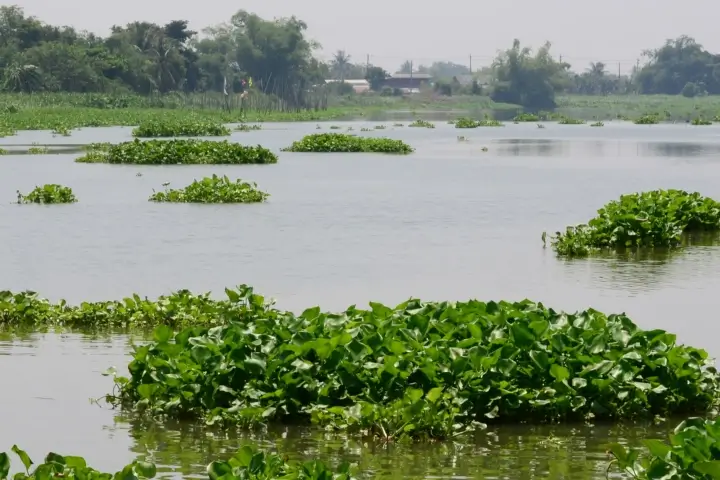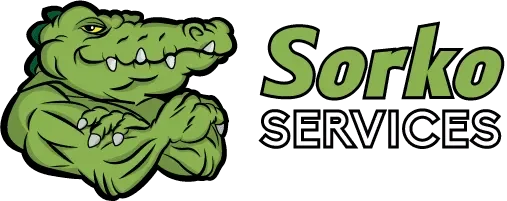
Aquatic plants are essential for the sustenance of lakes, ponds, and similar aquatic areas in Florida. However, there are foreign plant species that pose a threat to both public and private aquatic areas throughout the state.
Invasive plant species can crowd out native plants, reduce biodiversity, disturb nutrient balance, and decrease property value, which makes them a top priority in aquatic management. Here are some of Florida’s top invasive plant species to be on the lookout for in your body of water.
Water Hyacinth (Eichhornia crassipes)
As a floating aquatic plant, water hyacinth rapidly expands and crowds the surfaces of lakes, streams, and other bodies of water. These South American plants can disturb nutrient balance by blocking sunlight and increasing the rate of sedimentation over time.
Wild Taro (Colocasia esculenta)
Growing in roughly 55% of public Florida waters, wild taro is known to displace native plant species throughout the state. This South Asian species prominently thrives in shallow waters or floating islands, while its leaves gather atop the water’s surface, crowding out other plants and clogging water access.
Napier Grass (Pennisetum purpureum)
By developing in clusters, Napier grass establishes tall, dense stems that crowd aquatic areas, such as canals. Furthermore, this African grass species grows within wet and dry soil along shorelines, making it difficult to block floods and generally access waterways.
Hydrilla (Hydrilla verticillata)
Hydrilla is a plant species that grows deep beneath the water’s surface; however, roughly 80% of hydrilla mass gathers in the top two feet of water column. This species, native to Southeast Asia, requires far less sunlight than native plant species, which means it can easily displace other aquatic plants.
West Indian Marsh Grass (Hymenachne amplexicaulis)
Native to South and Central America, West Indian marsh grass is highly invasive to shallow wetlands and marshes in Florida. Because this type of grass can quickly establish a large biomass, it is often difficult to remove after invasion.
Invasive Plant Control in Central Florida
Florida is rife with aquatic plant species, many of which are invasive, non-native, and dangerous to local water systems. To stop these aggressive species from making waves in your lake, pond, or other body of water, partner with the aquatic management team at Sorko Services.
Maintaining invasive aquatic plants is a constant process that requires regular removal, control, and treatment, which is why we tailor each solution to each aquatic area. To learn more about how your water can benefit from aquatic weed control, call us today at 407-878-4492.
Florida’s Top Invasive Plant Species in Central Florida
Serving Greater Orlando, Sanford and Kissimmee
Sanford | Orlando | Poinciana | Ocala | St Cloud | Winter Garden | Clermont | DeLand | Winter Springs | New Smyrna Beach | Winter Park
Orange County | Seminole County | Lake County | Osceola County | Volusia County | Polk County | Marion County | Brevard County
Home » Florida’s Top Invasive Plant Species
